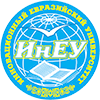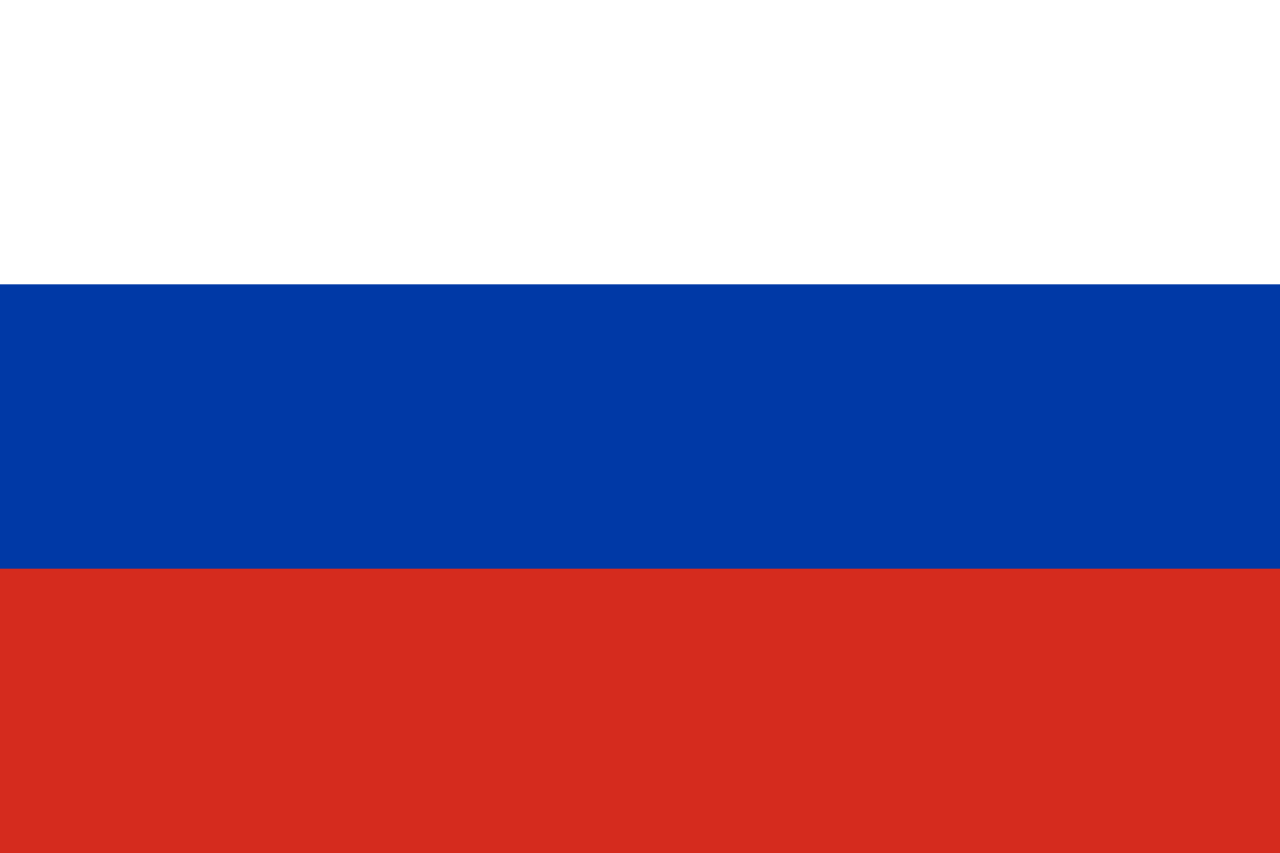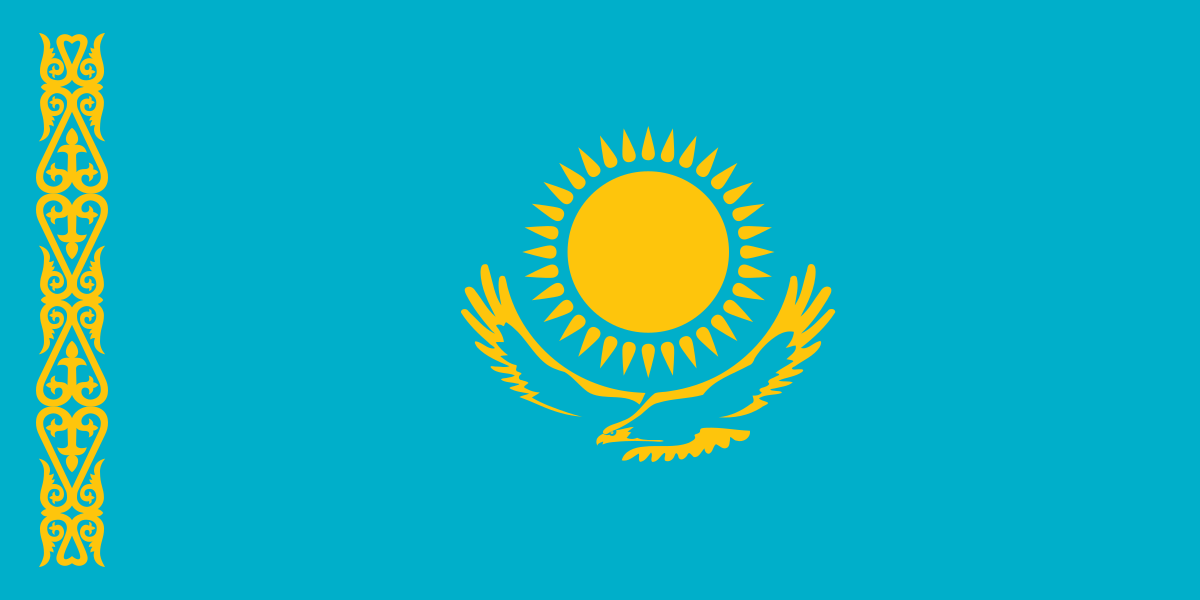Annotation:
Main problem: One of the most complicated types of marketing is marketing of medical services or organizations. This can be attributed to many reasons. First of all, person’s life and health is the most important value. One more reason is that budget funds are limited, this forces us to look for extra-budgetary financing sources. At the same time, it follows that the population of the Republic of Kazakhstan, receiving free assistance for a long time, refuse paid medicine, the solvency of a large percentage of the population.
Thus, marketing research of the services market is designed to identify the real market share of trade and paid medicine, to fill the need of the qualified medical care, to identify the particularity of demand in various segments and the demographic and psychographic characteristics of the population groups.
Purpose: to identify current trends and develop marketing strategies in the regional market of medical services, allowing to identify and strengthen the economic foundations of the functioning of non-profit organizations in the national market.
Methods: The research was conducted using traditional methods of marketing research: qualitative: in-depth interview, focus groups; quantitative: survey, as well as methods of economic analysis: comparative, graphical and scenario planning.
Results and their significance: the essence of marketing in healthcare is considered, the features of marketing research are taken into account; the medical services market of Pavlodar region is analyzed and evaluated and ways of its improvement are proposed. The results of the study may be useful for the development of measures to further improve the activities of medical organizations in the Republic of Kazakhstan.
Year of release:
2022
Number of the journal:
1(85)
Heading: Economic sciences

 English
English Русский
Русский Қазақ
Қазақ